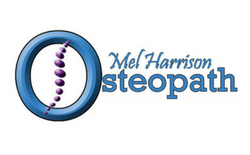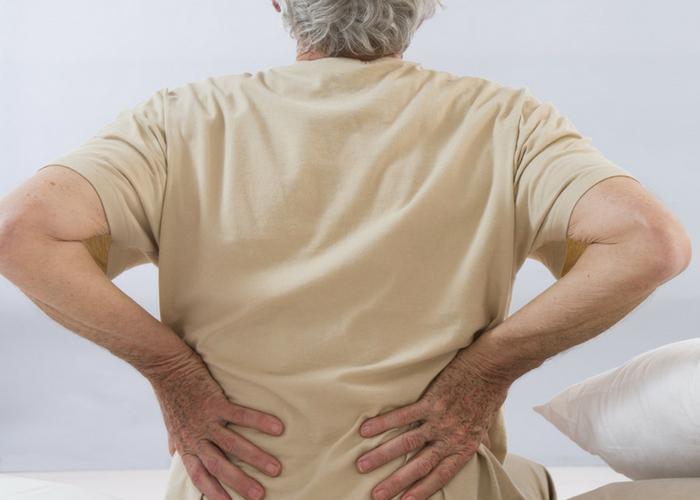Every week I have clients coming in with lower back pain who feel “lopsided and twisted.” Although there several different biomechanical factors that can result in this feeling, one of the most common reasons is due to a torsion through the pelvis at the sacro-iliac joint (SIJ).
But why would a twist in your pelvis cause so much lower back pain?
Your SI joint is the joint at the base of your spine, where the sacrum (triangular bone at the base of the spine) meets your iliac bones (pelvic bones), therefore the SI joints connect the spine to the pelvis. There is relatively little movement at this joint, as it is held together by strong ligaments which help support the body from all the forces coming from the upper and lower body, particularly when we stand erect.
What are some of the causes of sacroiliac joint dysfunction?
1. Damage or degeneration to the cartilage covering the joint surface. Cartilage acts a shock absorber between the bones and aids movement. When the cartilage has become degenerated or damaged, the bones begin to rub together, and osteoarthritis can occur. The SI joints are commonly affected by osteoarthritis, like other weight-bearing joints.
2. A muscular imbalance between the quadriceps and hamstring muscles in your legs can cause a torsion through the pelvis. These muscle groups attach directly to the pelvis and act like a pulley system, working with each other. If for example, the quadriceps are particularly tight and the hamstrings are not strong enough to counter-act this tension, then the pelvis can tilt forward causing strain through the lower back.
3. Pregnancy is also a common cause of SI joint dysfunction, due to the hormone Relaxin, which is released during pregnancy to allow ligaments to relax, to prepare the female body for childbirth. When the ligaments relax, it allows an increased range of movement through the joints which as well as the additional weight and altered walking pattern, can cause further stresses through the SI joint.
4. A leg length inequality or anything that causes an altered walking pattern, as this increases the stress through the SI joints. This can include pain in the hip, knee, ankle or foot that is causing you to avoid weight bearing on the affected side.
5. Pre-existing disorders such as gout, rheumatism, psoriasis (psoriatic arthritis) and ankylosing spondylitis which lead to an increase in inflammation in the body, which can then aggravate the SI joints.
Associated symptoms
• Pain in the lower back that may refer into the buttock, groin and thighs
• Pain is typically worse for standing, walking or moving from sit to stand
• Usually a dull ache, with sharp episodes on certain movements.
• In some cases it can cause a burning sensation in the pelvis.
If you are worried, it is worth having your spine and pelvis assessed as it may lead to further problems such as ligament sprains and muscle strains, due to the change in posture.
Call Mel Harrison
07727 666312
www.melharrisonostepath.co.uk


Recent Comments